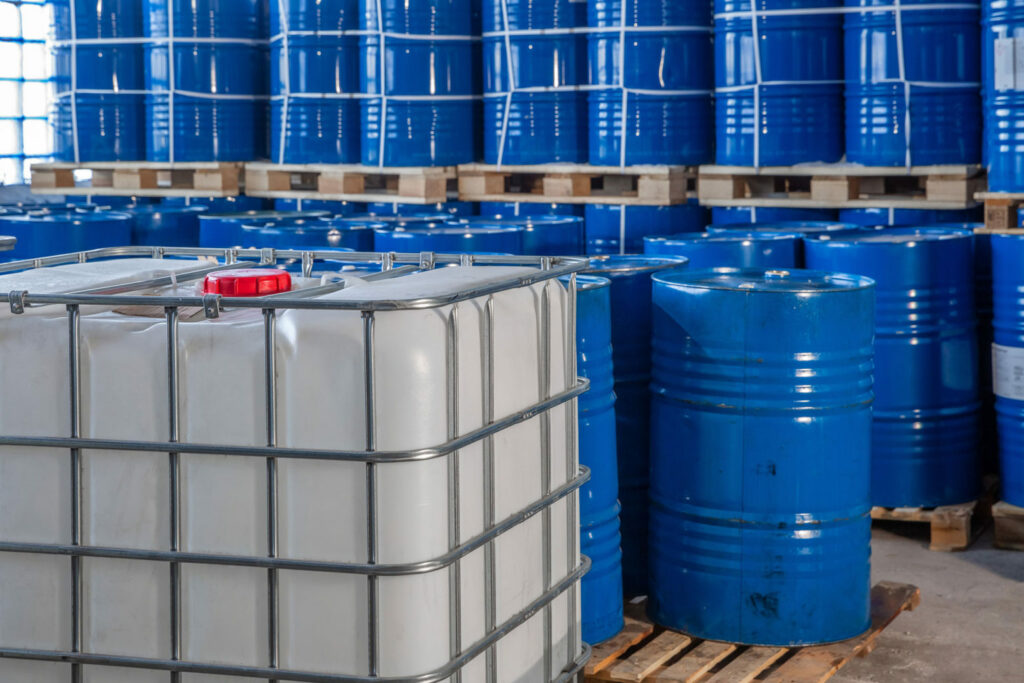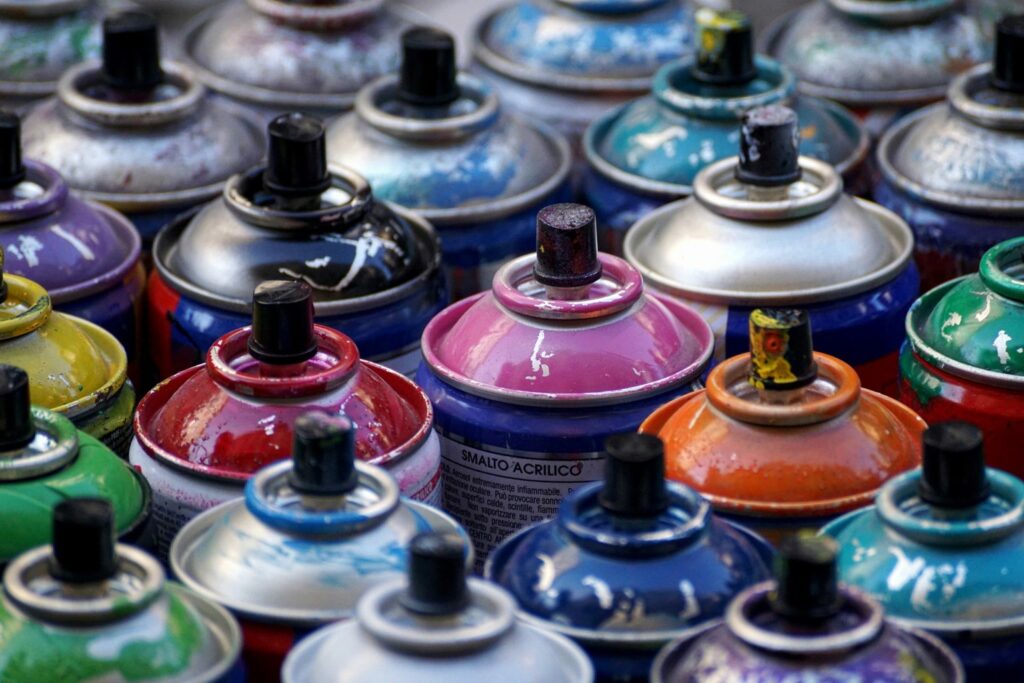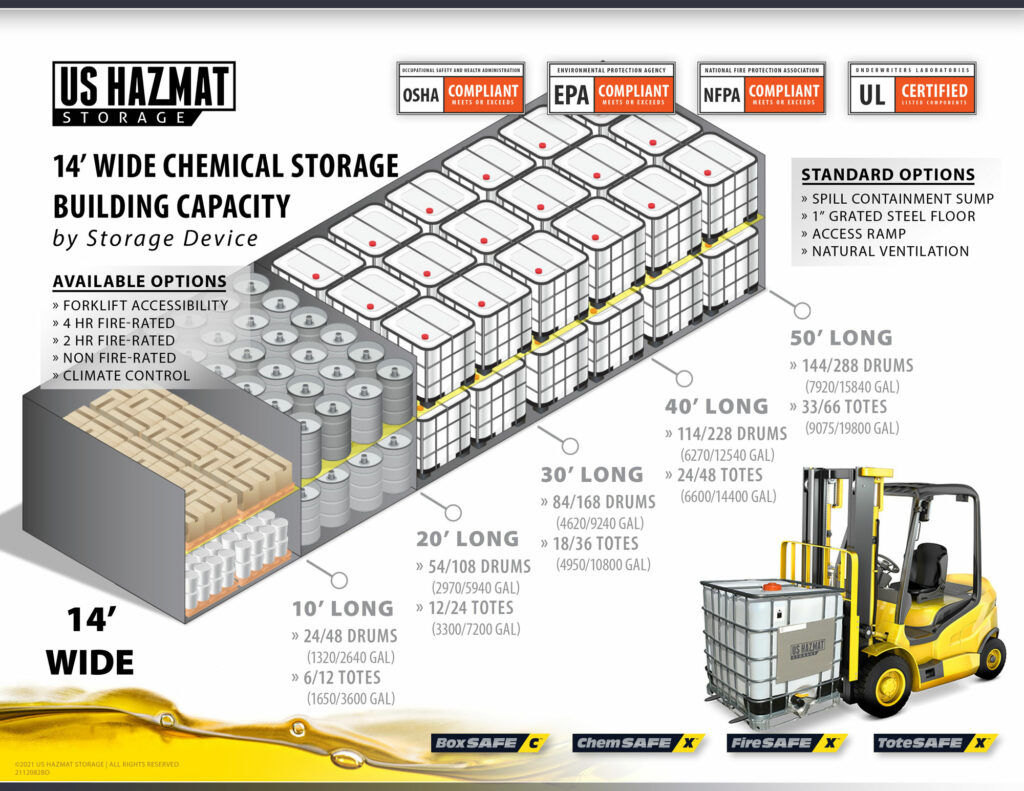
Flammable liquids fuel industry. Since the dawn of the Industrial Revolution, flammable liquids have churned the gears of progress while cleaning up the messes they left behind. Oil and other flammable lubricants have a well-documented use in ancient civilizations. The Mesopotamians began using a tarry crude more than 6,000 years ago to caulk their ships and piece together weaponry. By the 20th century, oil and petroleum fuels became the go-to lubricant, cooling and fuel source for machining and transportation. Even electrical components rely on flammable liquids for heat transfer processes and emergency backups. Despite nationwide efforts for emissions reduction, flammable liquids will have a place on every jobsite. Providing safe and compliant storage will also be necessary for decades to come, especially while storing legacy chemicals.
Examples of Flammable Liquids

OSHA, which admonishes non-compliance for handling flammable liquids, defines these chemicals under two categories: construction and for general industry. Flammable liquids for construction are defined as any liquid having a flash point below 140 °F. and having a vapor pressure not exceeding 40 pounds per square inch (absolute) at 100 °F. For general industry, flammable liquids are defined as “any liquid having a flashpoint below 100 °F. (37.8 °C.), except any mixture having components with flashpoints of 100 °F. (37.8 °C.) or higher, the total of which make up 99 percent or more of the total volume of the mixture.”
- Gasoline
- Acetone
- Toluene
- Diethyl ether
- alcohols
- paints
Where Can Flammable Liquids Be Found on The Jobsite?

The jobsite is littered with flammable liquids, and that’s not always a good thing. Flammable liquids require separate, compartmentalized storage to not only keep workers and the environment out of harm’s way, but to also preserve the liquids’ chemical consistencies. Paint, which is found on almost any construction job, needs a climate controlled and ventilated storage locker from U.S. Hazmat Storage to prevent possible fires from spreading and to keep your paint from becoming clumpy and not easy to spread. Our fire-rated chemical storage lockers come in varieties of two and hour hour, which are dependent on the desired amount of setback for property and personnel you wish to protect in the event of a fire. Isopropyl alcohol and other solvents require compliant chemical storage away from potential accelerants.
What Makes Our Storage Lockers So Safe?


Our industry leading safety features remain unrivaled. Our explosion relief paneling system, in each building, is designed to resist a minimum internal pressure of 217 PSF with two (2) pressure-relief panels located on the exterior wall designed to release at an internal pressure of 20 pounds per square foot. We also have an innovative fire suppression system to quickly douse flames in the event of a fire. Perhaps most importantly, each fire-rated chemical storage locker is also outfitted with an innovative sump containment system. The system consists of grated flooring that sits atop a giant sump below the storage locker that can safe collect the chemicals if a spill were to occur. The chemical will remain in the sump until it can be safely removed. By catching the chemical as spills occurs, it greatly reduces the chance of contaminants reaching the ground water and ecosystem.

